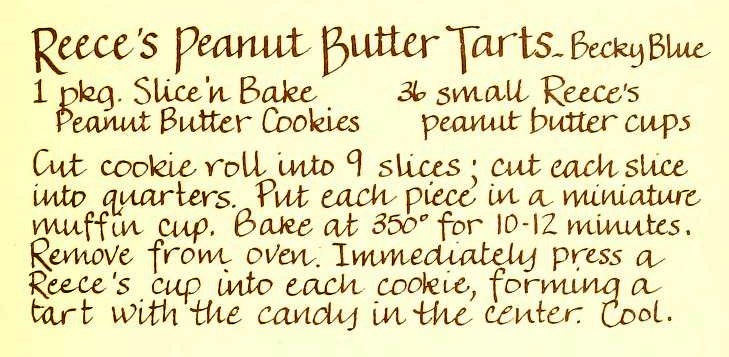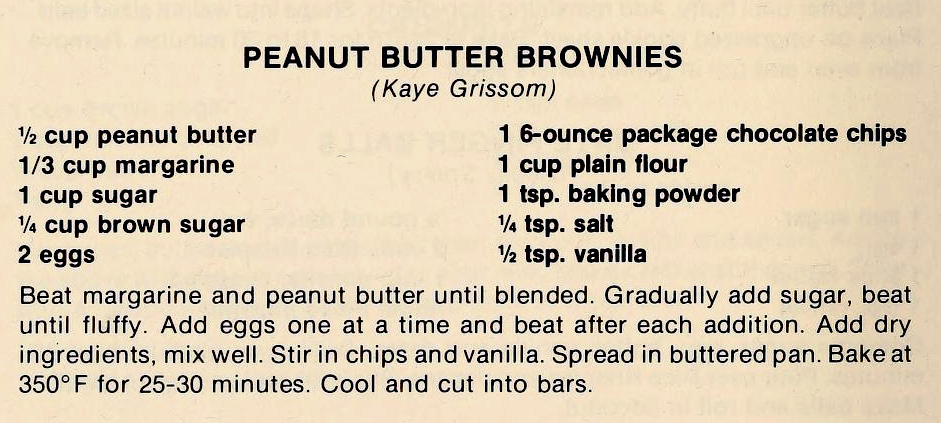
Spring is just around the corner! In the last couple of weeks, Chapel Hill and the East Coast have been abuzz about the weather. With all of our modern day radar and forecasting technology, the elements are still unpredictable. What resources were available 100 years ago to predict the weather? The above article from the April 18, 1905 issue of The Progressive Farmer and the Cotton Plant discusses some of the tools and techniques U.S. government forecasters used to predict the weather in 1905. It touts forecasters’ 80 percent accuracy rate in calling the weather.
Since its inception in 1886, The Progressive Farmer has transformed from a local newspaper to a country life oriented magazine with a strong web presence. The online weather briefing delivered by today’s Progressive Farmer includes numerous forecasts as well as indices for drought and crop moisture.







